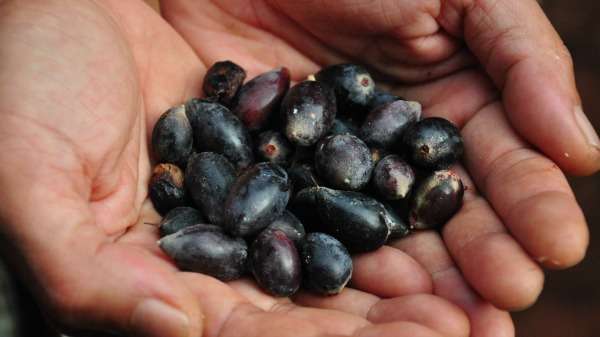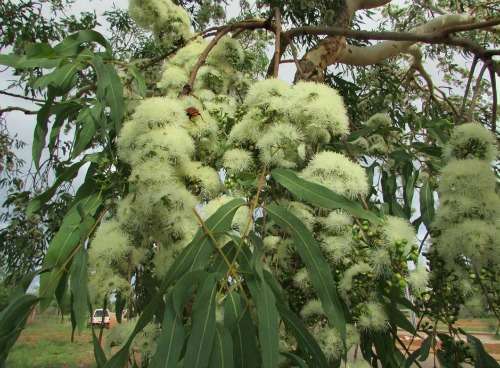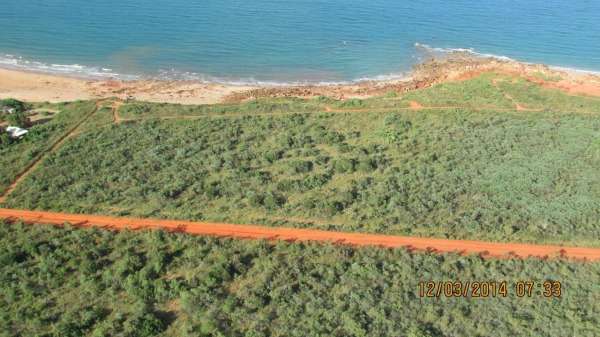Mapping to help preserve Broome's rare ecology

Broome householders, businesses and agencies are closer to being able to preserve fragile, unique ecological communities in the region while conserving the town's natural heritage as it develops.
While urban development encroaches on the Broome Peninsula's four listed ecological communities two Environs Kimberley reports prepared by ecologist Louise Beames will make it easier for developers and planners to save the ecosystems.
The report recommends small zoning changes to provide greater protection for the ecological communities and that Broome Shire adopt a protected tree register to preserve Minyjuru (Sersalisia sericea) trees.
Many of the Minyjuru trees are 100 years old or older and there is currently no local government regulation in place to protect them if roads are widened, footpaths are installed, or building extensions planned.
"The Broome Peninsula is a wealth of diversity, ecological and cultural heritage, and a refuge for rare species," Ms Beames says.
"It contains the Kimberley's only nationally endangered ecosystem, Monsoon Vine Thicket, and three state-listed Priority Ecological Communities (PECs): Minyjuru Dwarf Pindan Heath and Cable Beach Ghost Gum (Corymbia paractia) community (CBGG)."

CBGG is only known on the Broome Peninsula, which also contains the critically endangered fringed Keraudrenia (Keraudrenia exastia).
While the Minyjuru and C. paractia communities had been registered as Priority One for preservation they had not been mapped.
"There was very little information about them so the extent of those communities was largely unknown as well as much of their ecology," she says.
"It was known that both of them were endemic and restricted to the Broome Peninsula however."
Report co-author and independent ecologist Tim Willing coordinated the mapping using local Aboriginal people's knowledge and aerial photographs to identify likely patches, making his own aerial surveys which he verified with observations on the ground.

Mr Willing, who is the Broome Botanical Society's secretary, mapped every Minyjuru tree he found, preparing a condition assessment for each patch of trees.
These included all of the species occurring within each patch, including weed species and various threats such as rubbish dumping, fire, weeds and incursions of formal and informal tracks.
According to the report three quarters of the Minyjuru community is unprotected, as are 31 of the 63 CBGG patches and many remnant trees exist in and around the townsite on roadsides and private land.
Ms Beames presented her reports at the NRM conference in Mandurah recently.
More information: You can download the complete reports here: www.environskimberley.org.au%20through%20the%20projects/BBS/SKIPA/%20tabs
Provided by Science Network WA
This article first appeared on ScienceNetwork Western Australia a science news website based at Scitech.














.jpg)





